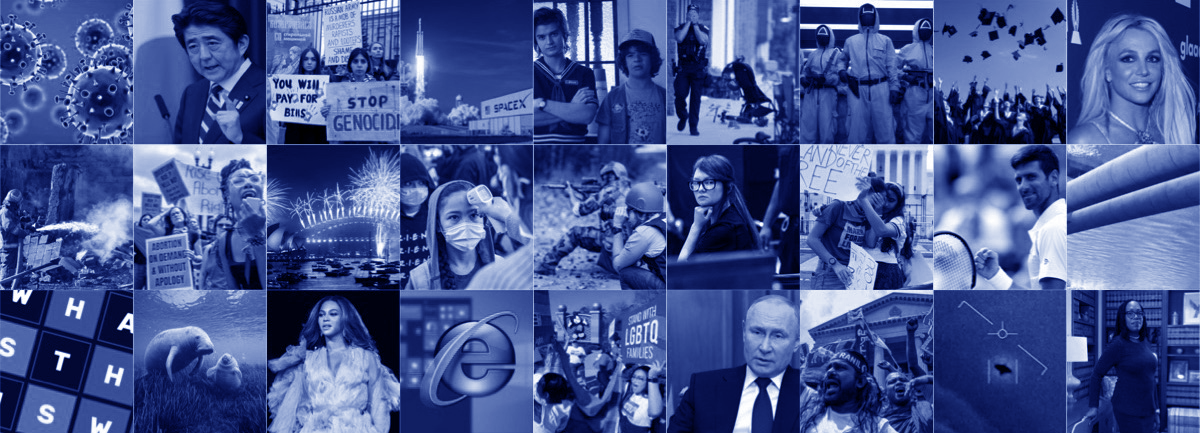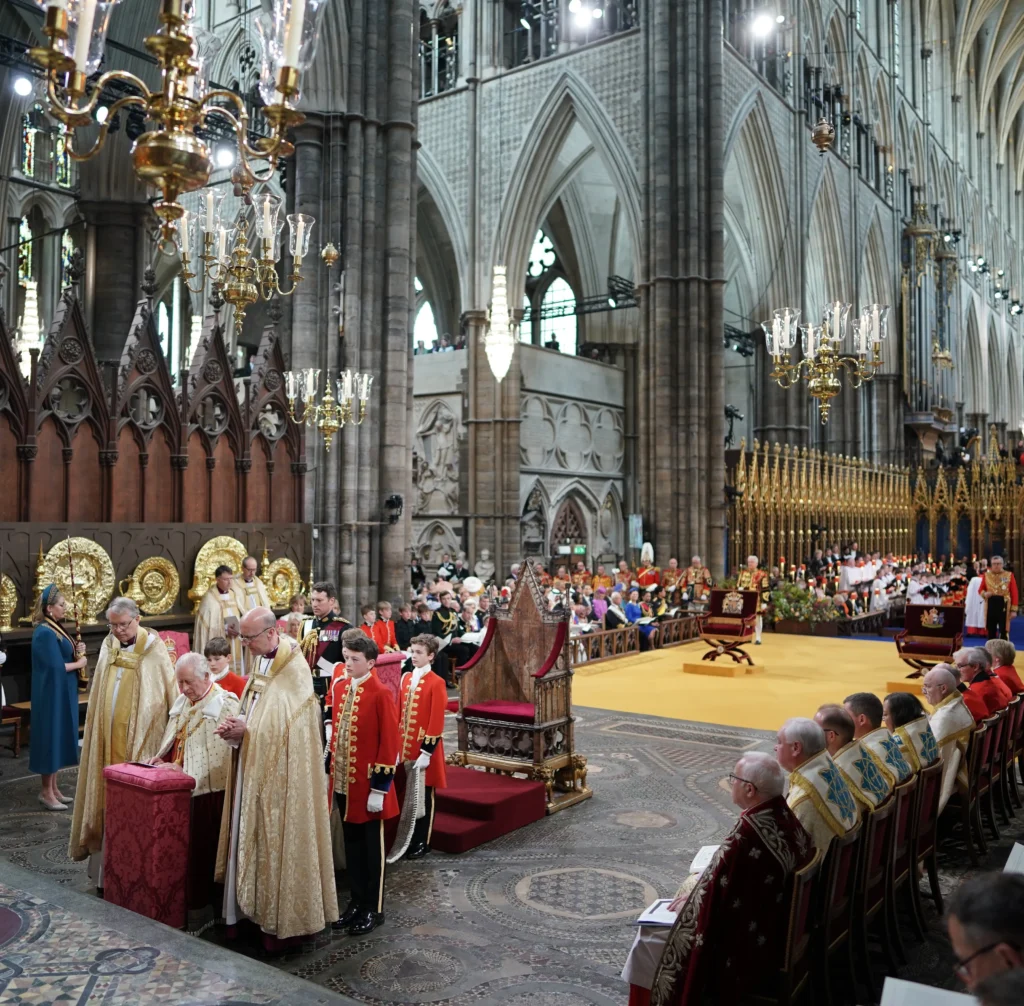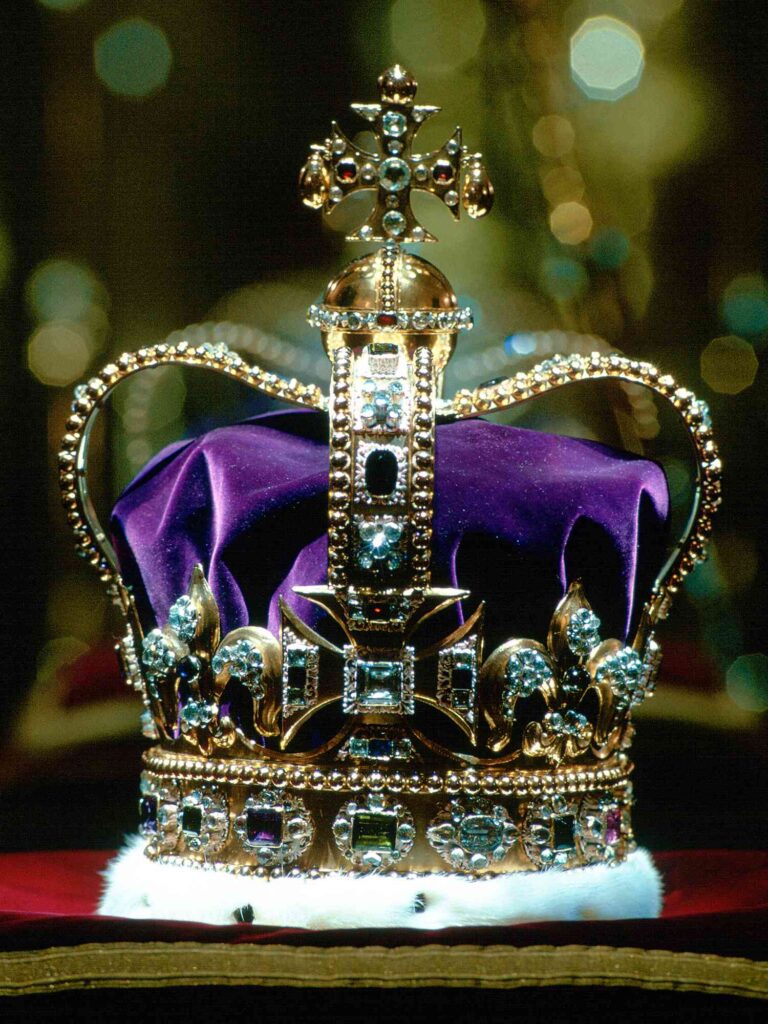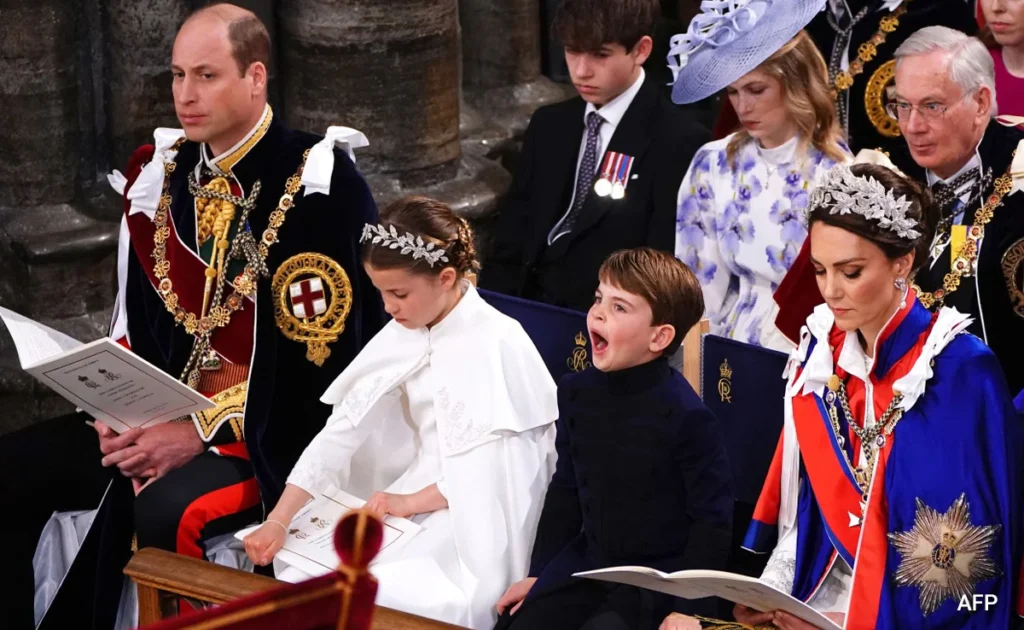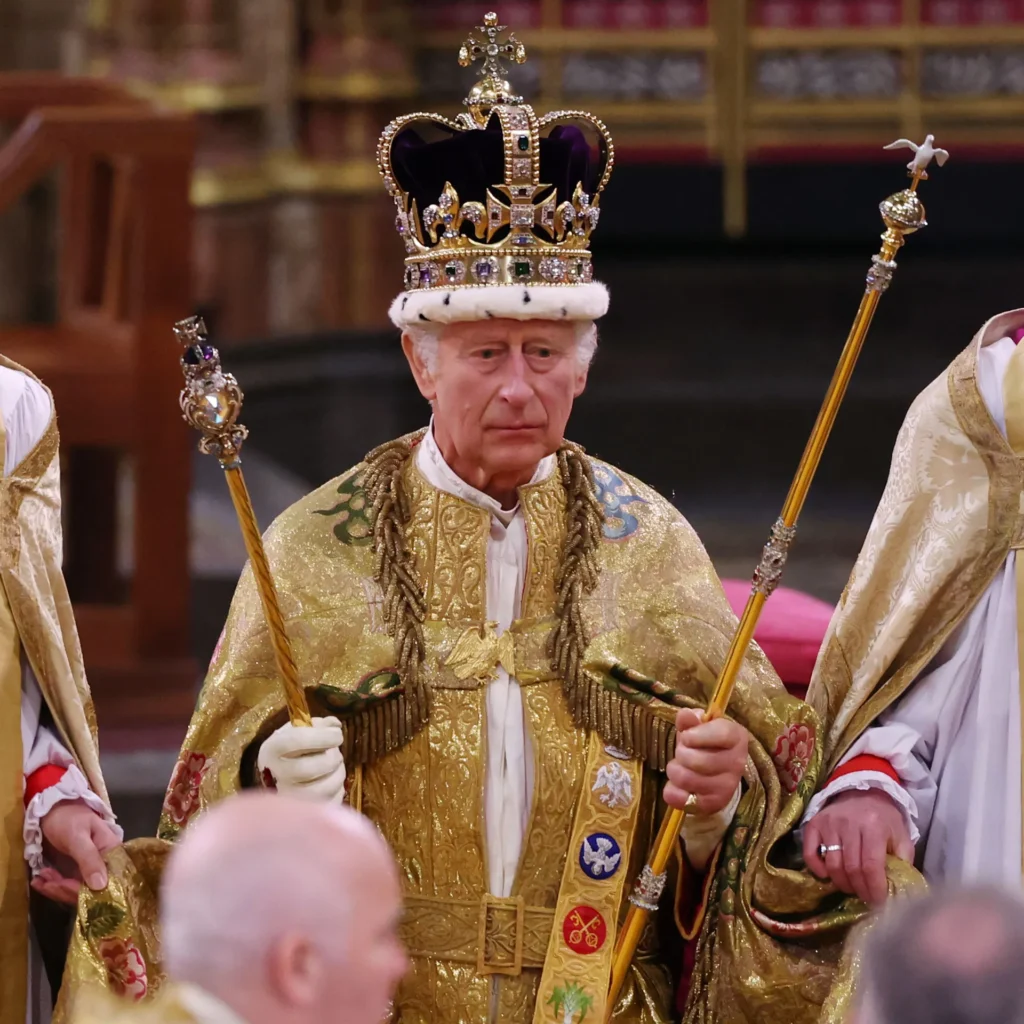In a once-in-a-generation celebration, 74-year-old Charles III was crowned King of the United Kingdom and the Commonwealth realms. Camilla was also crowned as Queen Consort. Many notable faces were present in this deeply traditional coronation. Although King Charles became king immediately after the reigning monarch Queen Elizabeth passed away, his official coronation was conducted on May 6th. In a statement released by Buckingham Palace, “the coronation will reflect the monarch’s role today and look towards the future, while being rooted in longstanding traditions and pageantry.”
The ceremony of King Charles’ coronation follows the guidelines set by the Liber Regalis, a 14th century Latin text that details the correct steps for a royal coronation. The service was conducted by the Archbishop of Canterbury, the leader of the Church of England, and held in Westminster Abbey.
Changes
The king is presented to his people and swears on the Bible to perform his duties according to the law. He must then sign a written oath of the same. King Charles III’s coronation was the first in which the archbishop invited the public to pledge allegiance to the king. This sparked immediate and fierce controversy as many point to the enormous price tag of the coronation as well as how it can be seen as undemocratic––since the head of state should be pledging allegiance to the people. The price of the coronation balances against the cost of living crisis in Britain.
In another modification to tradition, King Charles, in his oath, said he will aim “to foster an environment in which people of all faiths and beliefs may live freely.” This is different from the previous wording which emphasized defending primarily the Protestant Christian faith of the English Church.

Regalia
The archbishop anoints the King and Queen with a special oil made of orange flowers, roses, jasmine, cinnamon, musk, civet and ambergris. This is the most sacred moment of the ceremony, and it is not televised. The King is then given his ceremonial clothing and royal regalia such as the stole, coronation bracelets, orb, and coat made of gold silk.
Of course, the crowning remains a critical step of the ceremony, and this is when the 400-year-old St. Edward’s crown is brought out. The centerpiece of the crown jewels, this is a 22 carat gold crown with 444 jewels in it. The coronation of a new monarch is the only time they wear this crown.
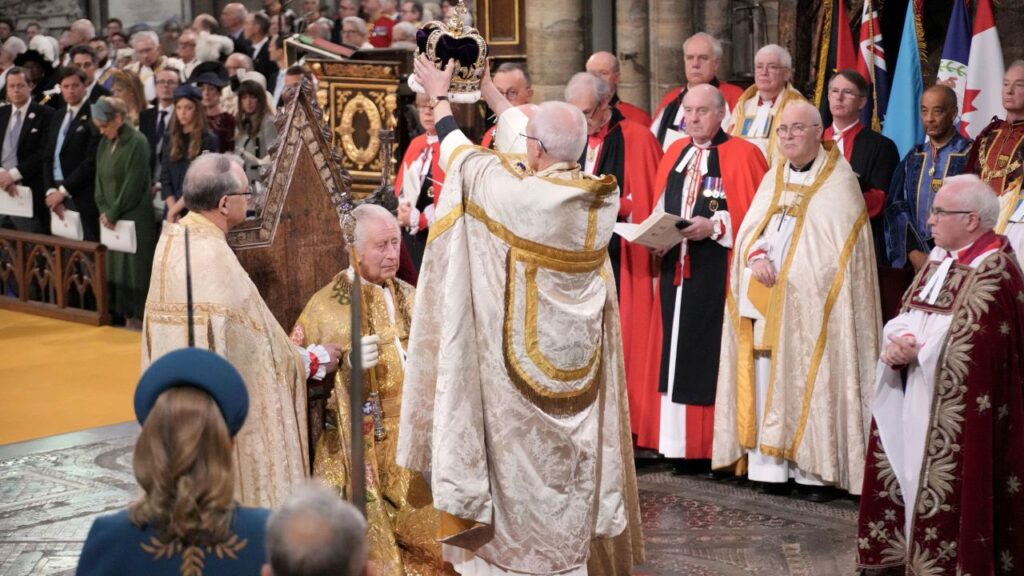
Conflicts
This ceremony shines a brighter light on the monarchy, and with that comes the question of the monarchy’s prevalence in today’s society. As the king’s coronation was ongoing, members of the prominent anti-monarchy group Republic staged a protest in London. More than 2000 protestors arrived with signs and chanted “Not my king.” As a result of the protests, police forces arrested many of the leaders under the “suspicion of breaching the peace.”
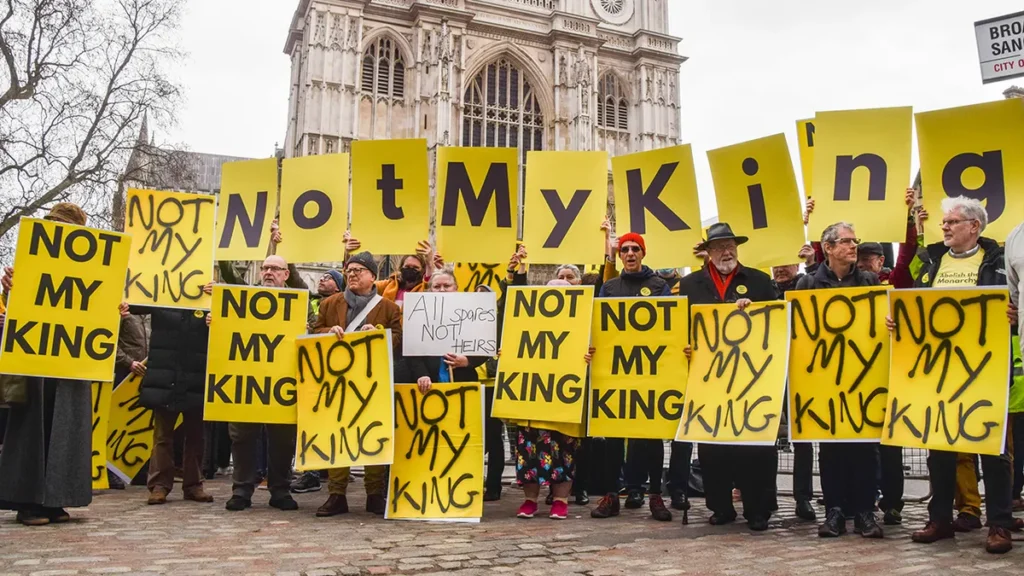
A survey from the National Center of Social Research found that just 29% of British people think the continuation of the monarchy is “very important,” the lowest degree it has ever been. King Charles is the next monarch in line who needs to answer the question about the monarchy’s continuing relevance in society.
By: Advika Rajeev

